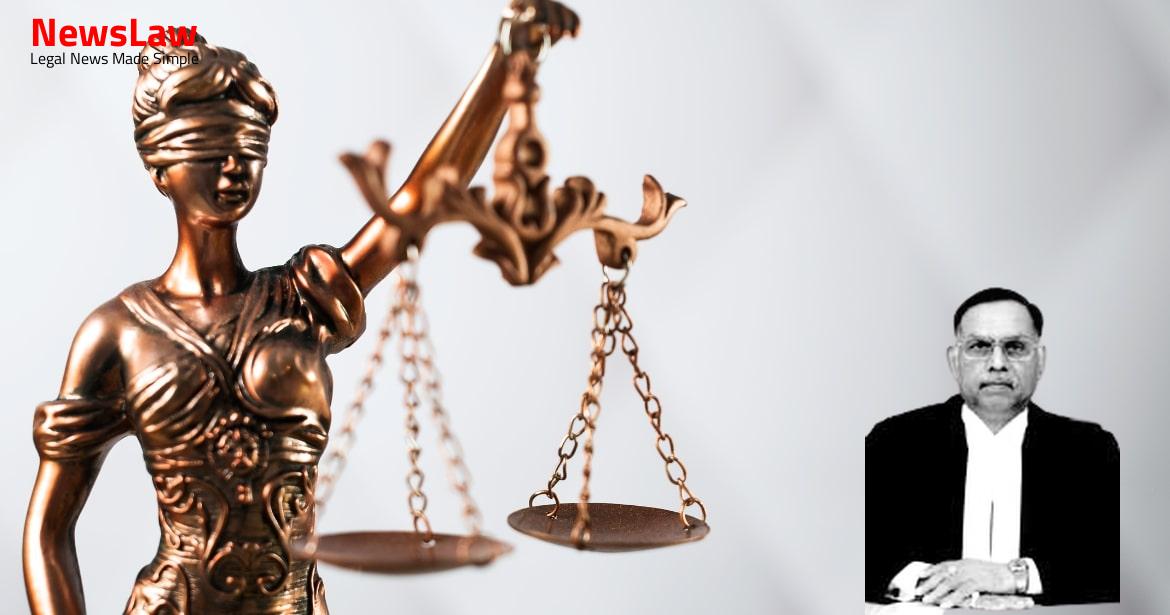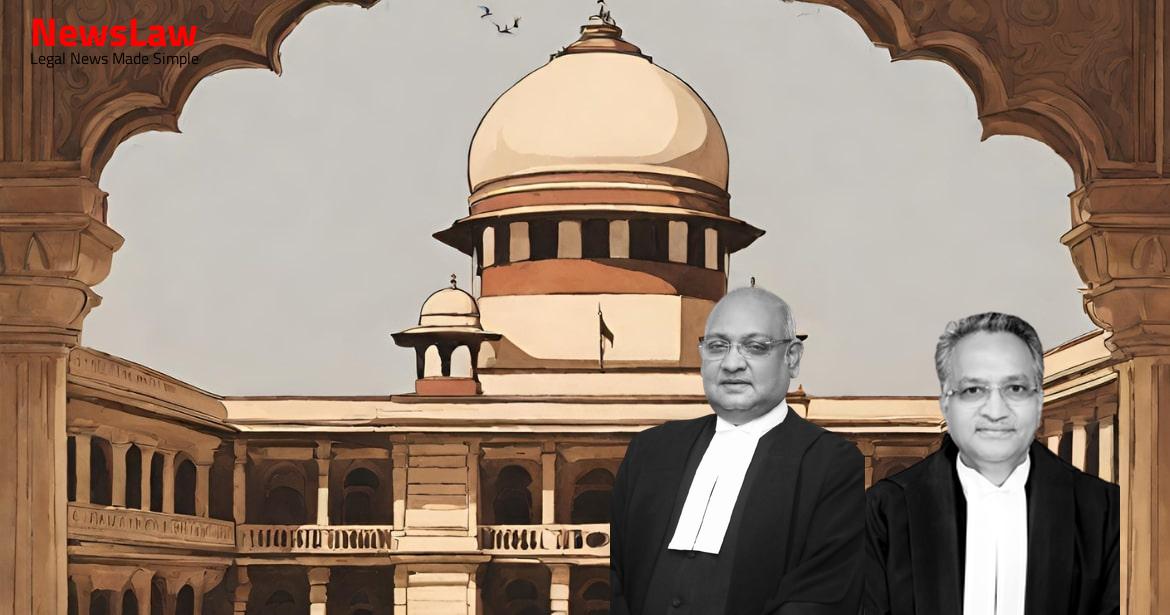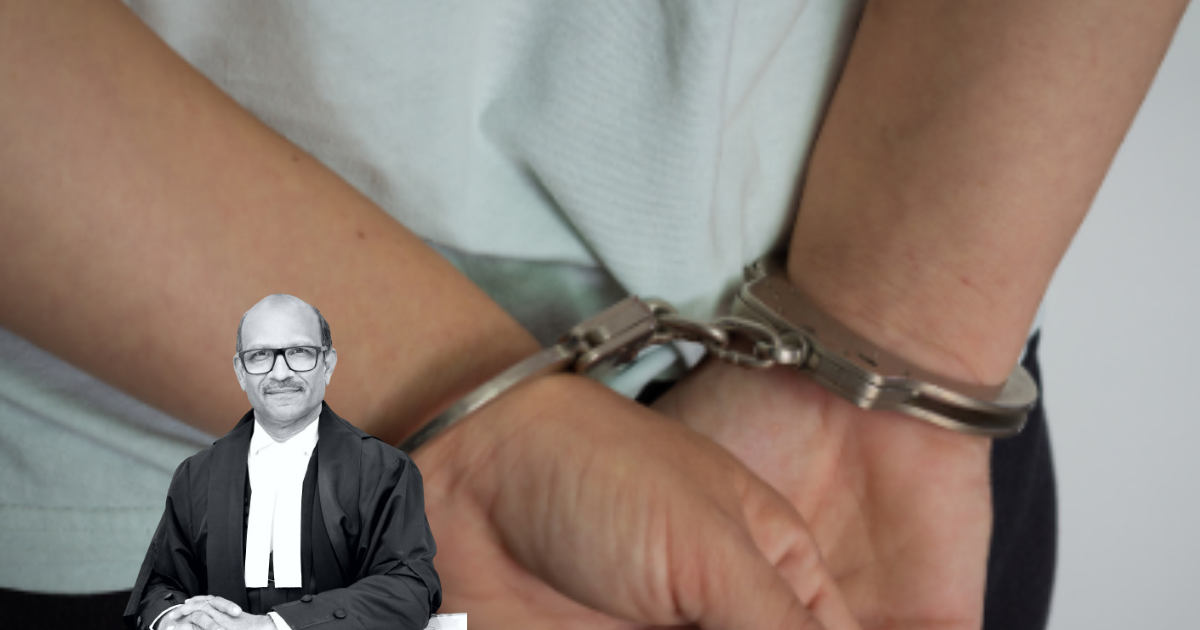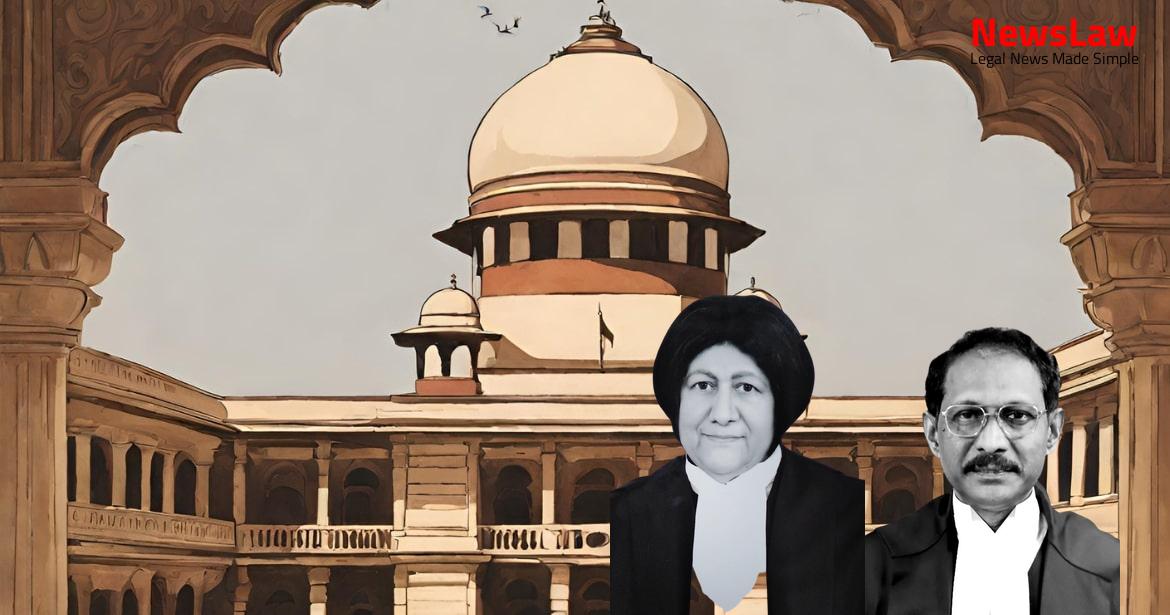The legal case under scrutiny delves into the intricate legal analysis conducted by the court in a conviction case. It focuses on the evaluation of witness testimony, expert medical opinions, and the establishment of motive for the crime. The court’s nuanced examination of key facts and evidence played a pivotal role in reaching a conviction verdict. This blog highlights the importance of legal scrutiny and meticulous analysis in ensuring justice is served.
Facts
- Accused no.3 Kalabhai Hamirbhai Kachhot found guilty under Section 302 read with 34, IPC and sentenced to undergo R.I. for life with a fine of Rs.10000/-
- Accused no.3 also found guilty under Section 135(1) of Bombay Police Act and sentenced to undergo S.I. for four months with a fine of Rs.100/-
- Accused no.2 Mulubhai Markhibhai Nandaniya found guilty for offence under Section 302 read with 34, IPC and sentenced to undergo R.I. for life with a fine of Rs.10000/-
- The incident occurred on 10.11.2006 near an orchard in the village of Akha.
- Accused nos. 1 to 3 attacked the deceased Gokalbhai with knives, leading to his death.
- Intervention by Rajshibhai Maldebhai resulted in him being struck on the head by Vajashibhai.
- The accused fled towards Akha on Kalabhai’s motorcycle after the attack.
- Charges were filed under Sections 302, 326, 324, and 34 of the IPC and Section 135 of the Bombay Police Act.
- The accused were convicted for the offences under Section 302 and Section 135(1) of the Bombay Police Act.
- Accused no. 1 was sentenced to life imprisonment and fined Rs.10,000.
- Accused no. 1 was also found guilty of another offence under Section 324, IPC.
- Relatives of the deceased and injured were taken to the Government Hospital after the incident.
- The prosecution presented 32 witnesses and 61 documents to prove the charges against the accused.
Also Read: Challenging Legal Analysis in 1989 Scheme Eligibility Case
Arguments
- The petitioner’s counsel argues that the witnesses are chance witnesses and their evidence is not reliable for convicting the appellant.
- No blood marks were found on the injured witnesses who were traveling on the deceased’s motorcycle or in the Maruti car where the deceased and injured were taken.
- Injuries suffered by the witnesses were superficial with no blood found on them, questioning the credibility of the prosecution’s case.
- The incident occurred in the evening in November, making it difficult to identify the accused in darkness.
- The absence of a head injury on the deceased challenges the prosecution’s claim regarding the cause of death.
- The motive for the alleged murder, a debt owed by the deceased, was not substantial evidence for the accused’s guilt.
- The counsel contests that the charges were not proven beyond a reasonable doubt and criticizes the High Court’s dismissal of the appeals without proper consideration of the appellant’s arguments.
- Referring to case law, the counsel asserts that the charges were not adequately supported by the evidence on record.
- The postmortem report indicated a lower back head injury on the deceased, as per the deposition of a witness who first arrived at the scene.
- The prosecution has examined 32 witnesses and marked 61 documents as exhibits to prove the charges against the appellants.
- Witness Rajshibhai Maldebhai Karangiya, who was with the deceased at the time of the incident, stated that the incident occurred at about 07:30 in the evening on Bamnasa-Akha road on 10.11.2006.
- Medical and ocular evidence support the prosecution’s case against the accused.
- The identity of the accused is not in question as they are known to each other and from the same village.
- The alleged incident occurred at 07:30 p.m. on 10.11.2006, with witnesses remaining at the site for about 45 minutes, which was deemed unusual.
- There are discrepancies in the depositions, but the prosecution argues that they are minor and will not affect the case against the accused.
- Concurrent findings of conviction are present against the appellants.
Also Read: Legal Analysis of Unilateral Cancellation of Registered Sale Deed
Analysis
- Minor contradictions in witness statements are common and do not necessarily discredit their testimony.
- Testimony of an injured witness is accorded special status in law due to their presence during the occurrence and relevant injuries.
- Omissions in police statements do not automatically render a witness unreliable.
- Presence of animosity between parties can serve as a motive for a crime.
- The testimony of injured witnesses, PWs-18, 19, and 21, is natural, trustworthy, and not self-inflicted.
- Medical expert confirms that injuries were possible with specific weapons.
- Serological report shows matching blood groups on clothing of deceased and accused.
- Presence of accused no.3 is proved beyond reasonable doubt.
- Injuries sustained by witnesses were ante-mortem as per medical deposition.
- The incident occurred during the evening with sufficient lighting for identification.
- Role of all accused is supported by injured witnesses and investigating officer.
- Testimony consistency and reliability of key witnesses are emphasized despite minor discrepancies.
- Motive for the crime stemmed from a past altercation over rent payment.
- Postmortem report details injuries on the deceased, supporting witness accounts.
- Expert medical opinion confirms the nature and timeline of injuries.
- Conclusion supports the guilt of all appellants beyond reasonable doubt.
- No major contradictions found in witness depositions to discredit the case.
- The evidence of the injured witness should be relied upon unless major contradictions and discrepancies are found.
- Normal discrepancies in witness depositions are common due to errors of observation or memory.
- Contradictions in material particulars can be used to discredit the testimony of a witness.
- Only major contradictions, not minor ones, can be grounds to reject witness evidence in its entirety.
- Exaggerations in evidence do not necessarily make it unreliable, but can be a factor in assessing credibility.
- The trial court and the High Court did not commit any error in law or on facts.
- Judgments relied on by the appellants are not applicable to support their case.
- The prosecution successfully established, beyond reasonable doubt, that all the accused had committed the offense with common intention and participation.
Also Read: Analysis of Abetment of Suicide in Caste-based Case
Decision
- No merit found in the appeals
- Appeals are dismissed
Case Title: KALABHAI HAMIRBHAI KACHHOT Vs. THE STATE OF GUJARAT (2021 INSC 274)
Case Number: Crl.A. No.-000216-000216 / 2015



